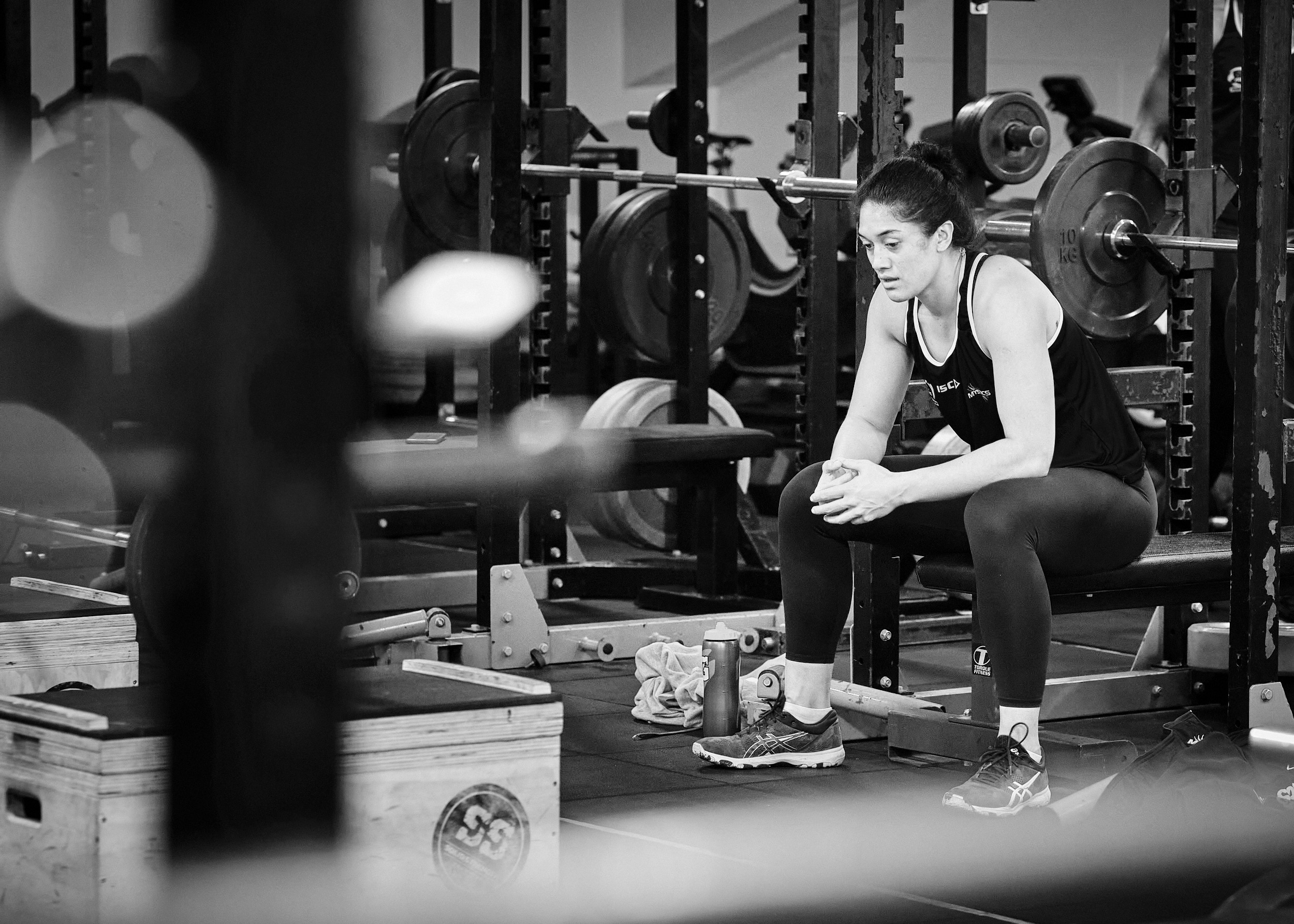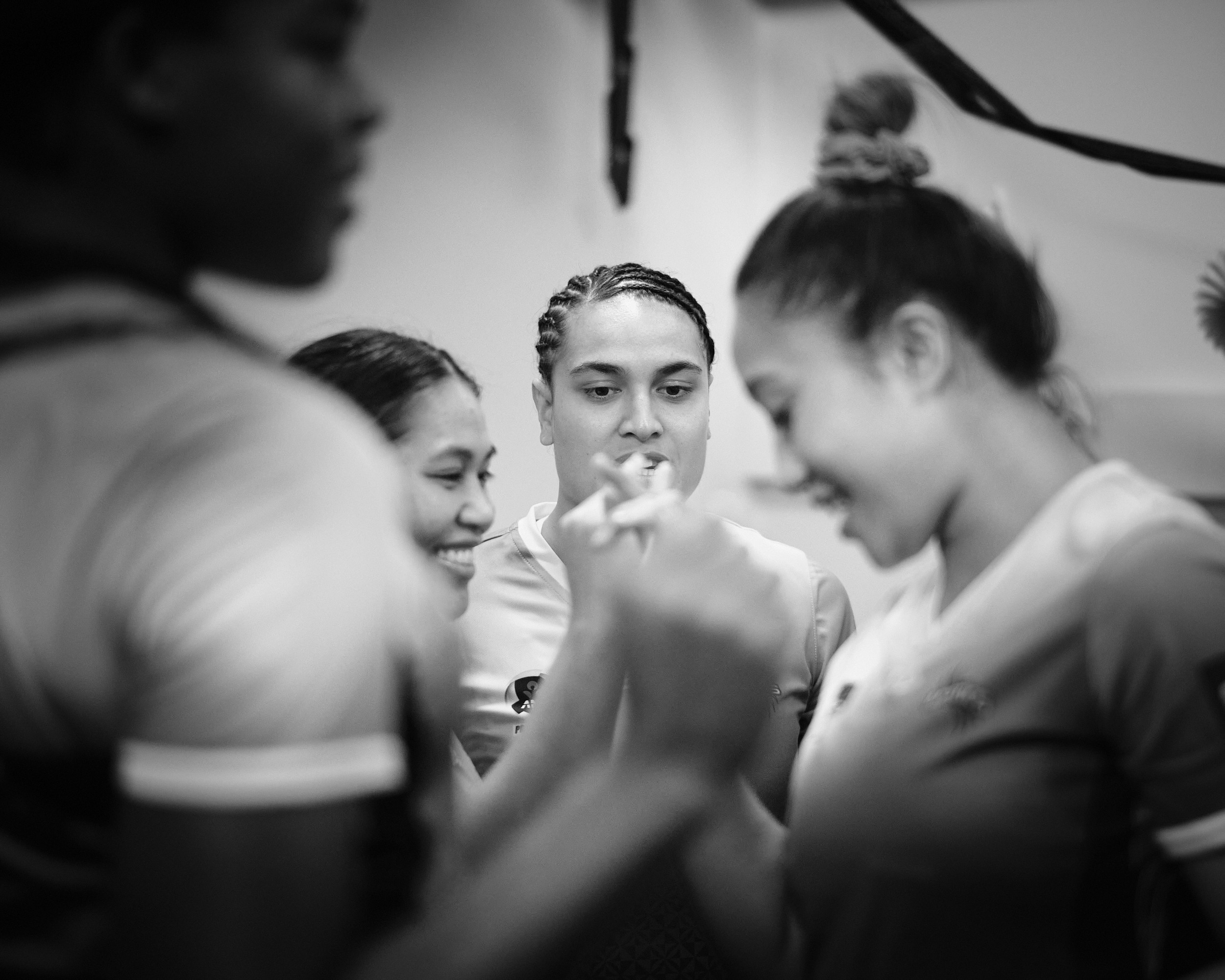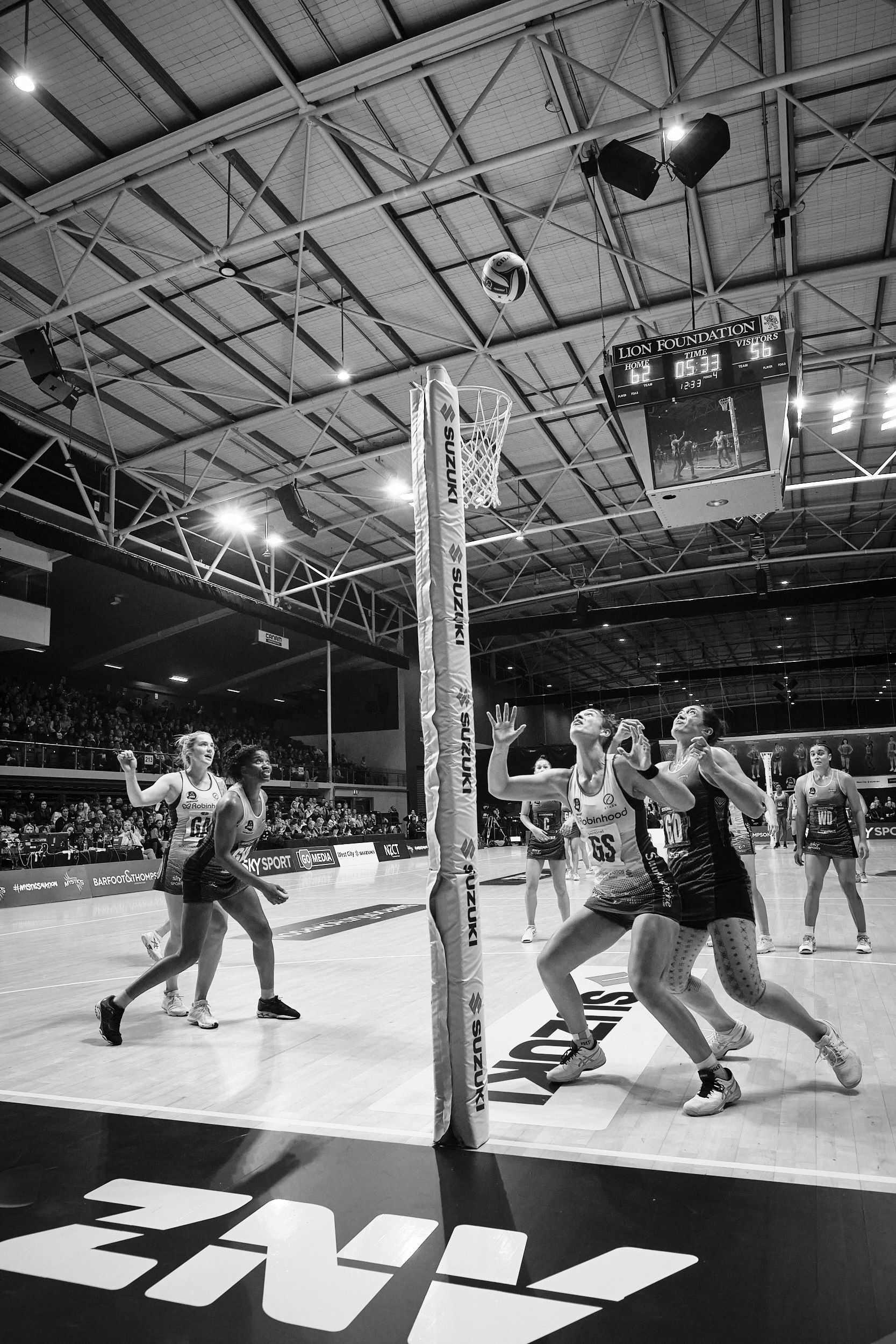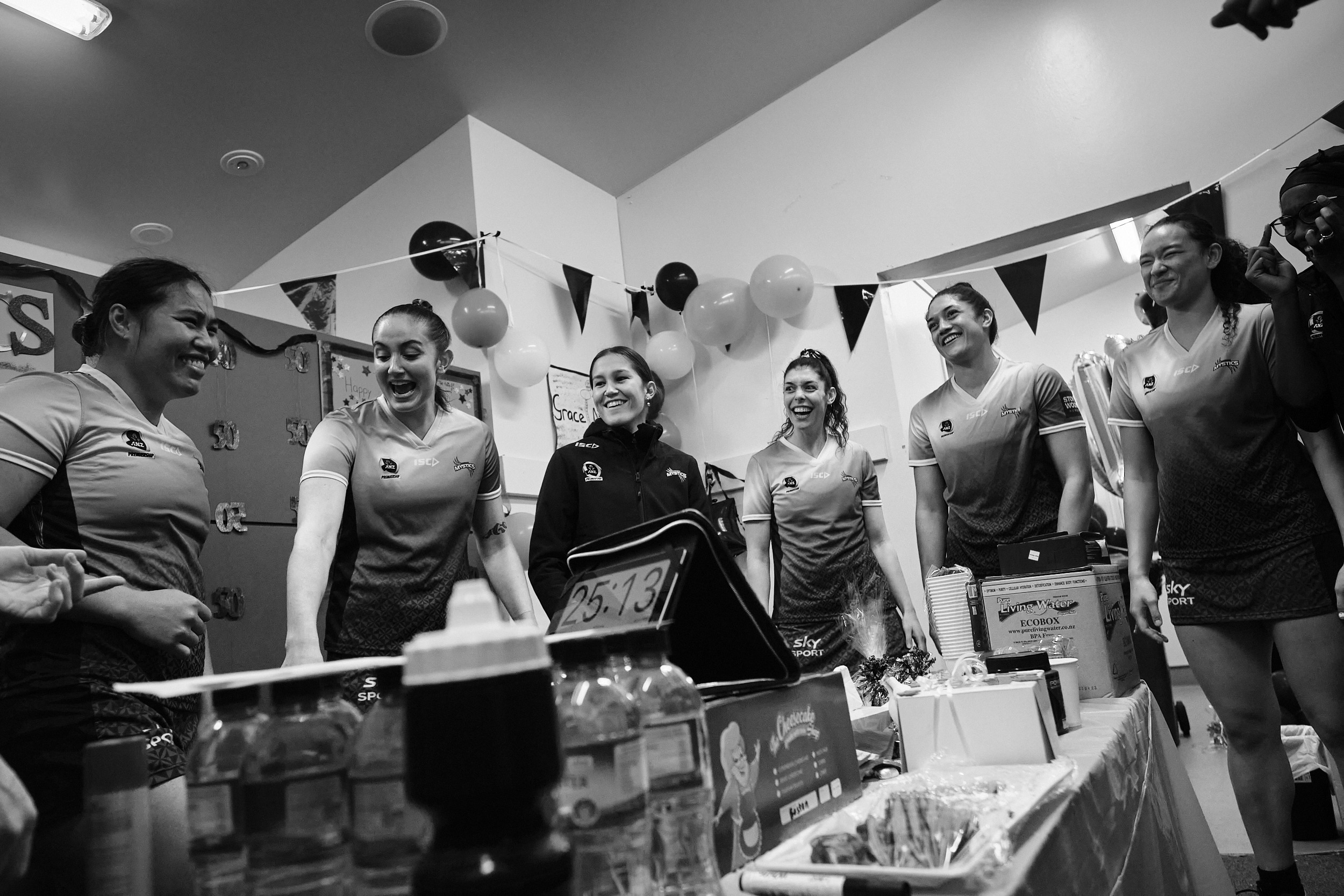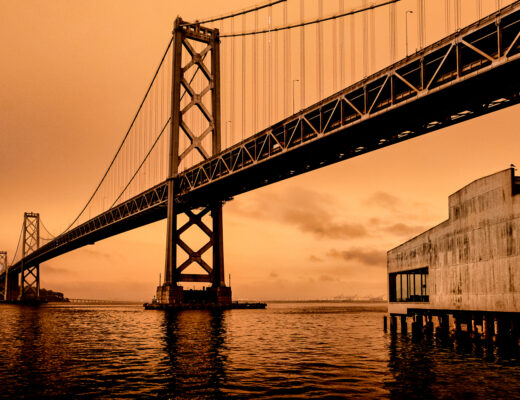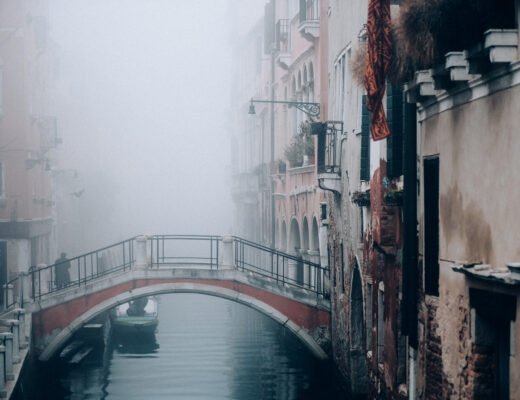I’m not a sports photographer. If I am anything it is a documentarian or nature photographer, but I had never taken on professional sports until this year. Through a mutual connection, I had written to Chris Tennant, Head of Operations at the Northern Mystics professional netball team here in Auckland, New Zealand, and offered to create a documentary story of their 2021 season. Chris kindly agreed and so I excitedly found myself at the first home game of the season armed with my Fujifilm gear and ready as ever.
As a Fuji user, I had amassed a small collection of the primes that make the system so brilliant alongside an often hired X-Pro3 and my X-T3. I’d arrived early at the game so I set about getting the XF23mmF2, XF16mmF1.4, XF56mmF1.2 and the XF90mmF2 out on the photographers’ table so that they were ready to go. As the other photographers arrived it quickly became apparent that I was something of a point of derision as they looked at my diminutive gear. Large full-frame DSLRs were the order of the day alongside bulky 70-200mm lenses and larger primes, and my X-T3 paired with an XF23mmF2 looked minuscule, to say the least!
Luckily, as they say, size isn’t everything! I reminded myself that I was creating a documentary-style story and not here just to capture the game like my colleagues, and that the quality of my lenses and resolution of my APS-C sensor were more than adequate for the job at hand. So I set to my work over the season dividing the games into three distinct sections for myself: pre-game, game time and post-game. Each section required a different pre-visualisation of my capture and different lens choices. This was where the magic of the Fujifilm system really started to pay off. Thinking in the focal lengths I might need allowed me to be nimble in approach to the scenarios.
I was fortunate to be given access to the players’ pre-game routines including their psych up songs. Wanting to be in the action and show the intimacy of the relationship between the players, I would take the 16mm and the 56mm, the former to capture ‘over the shoulder’ moments as though we were part of the raucousness and the latter for its beautiful bokeh and shallow depth of field to allow me to isolate key moments between players. The 16mm is stunning and never failed in the pre-game role getting shots that draw us into the action, but the 56mm was sometimes just a touch lacking in snappiness and I was often frustrated with missed moments.
Capturing the game was fascinating. I was wholly unprepared for the speed of professional netball; it is end-to-end action with point-scoring happening in quick succession either end of the court – a dynamic and exciting sport. With little experience of photographing live sport, I observed my colleagues, strapped the longest focal length on I had (90mm) and stationed myself courtside. I had in mind those classic sports shots, tight on the players to show the drama of the game micro-moment by micro-moment. But I had forgotten the fundamental reason why I so enjoy the Fujifilm system: its nimbleness and portability.
My colleagues were very static in their capturing because of the size, weight and bulk of their large gear, but in this setting where you are relatively close to the court, I was able to easily grab what I wanted with the 90mm moving from new angle to new angle, but could also think differently about the type of shots I wanted. With my easy access to wider focal lengths, I was able to contextualise and show the dynamism of the game from different angles and fields of view. Here again, the 16mm became a favourite to capture the imperious attacker Grace Nweke leaping to grab a pass or the inspiring captain and defender Sulu Fitzpatrick flying to block a shot from the opposition attackers with real dynamism. My deep-seated feelings of hyper lens inadequacy were fast abated. On occasion, I hired the XF50-140mmF2.8 for game capture, which is a fantastic lens, but I found myself happy with the 90mm. Somehow it just seemed to nail the images more consistently, probably because I wasn’t messing around zooming in and out all the time.
My post-game work also made use of the 16mm to show the over the shoulder franticness of the players signing autographs for the young fans. But here was where the 23mm or 56mm also made more sense for a slightly less distorted perspective or similarly highlighting specific beautiful, isolated moments between players and fans.
My season with the Mystics has been a lot of fun and I was taken in by the warmth and trust shown to me by the players to undertake a documentary project. It was also fortunate that the year we agreed to do the project was the first time in 14 years that they won the ANZ Championship – timing is everything! Chris also agreed to a photobook of the whole year for the team and the fans. It was a flattering end to the season for me and a great payoff from the flexibility of the Fujifilm system in this context.
The most important question is: did I grow as a photographer? I can honestly say the answer is a resounding yes. Whilst I didn’t have a huge sports lens (although if anyone at Fujifilm is reading and they want to send me the XF200mmF2 to try next season, I wouldn’t say no!) and I was ill-prepared for the speed and dynamism of the game, I did learn to be nimble and use the gear I had to get the shots I wanted. My lens envy became my driving creative force and made me think more about the tools I had and what I could do with them to find new and interesting ways to capture the shots I wanted to tell the Mystics’ story. We should embrace our Fujifilm ecosystem, despite how others see it sometimes. It really can do anything and I wouldn’t change it for the world.


